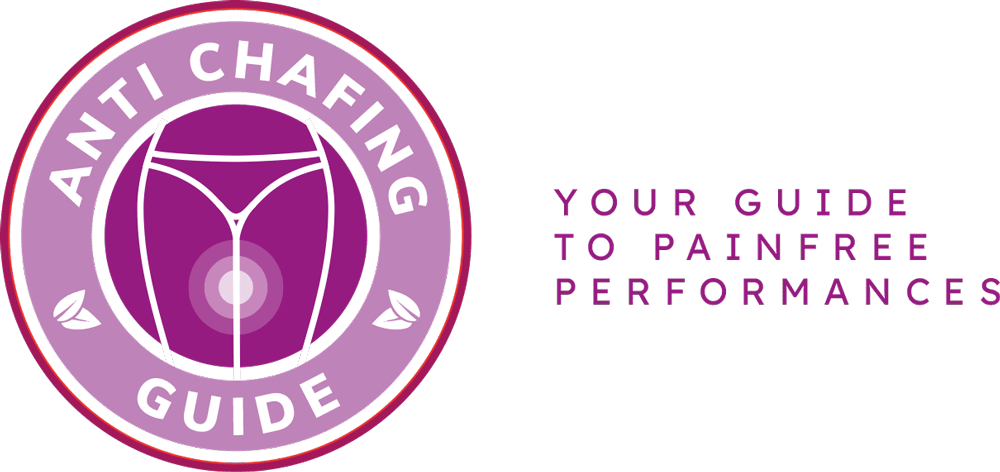Say goodbye to the discomfort of chafing and say hello to smooth and soothed skin with top-notch chafing medicine! In this ultimate guide, we will delve deep into the world of chafing discomfort, helping you understand its causes and how it affects your skin. But fear not, because we will also introduce you to the wonders of high-quality chafing medicine that can provide the much-needed relief you seek.
Chafing, caused by friction, moisture, and heat, can be a real pain. It can occur in various areas of the body, such as the thighs, underarms, and groin. But don’t worry, we’ve got you covered. With the right chafing medicine, you can bid farewell to this uncomfortable skin condition and embrace smooth, healthy skin.
When it comes to choosing the right chafing medicine, the options can be overwhelming. Creams, powders, balms – which one is best for you? Our comprehensive guide will walk you through the different types of chafing medicine available, helping you make an informed decision based on your specific needs. So, get ready to say goodbye to chafing discomfort and hello to smooth and soothed skin with the ultimate guide to top-notch chafing medicine!
Causes of Chafing
Chafing, a common skin condition that causes discomfort and irritation, can be caused by various factors. One of the primary causes of chafing is friction, which occurs when the skin rubs against itself or against clothing. This friction can result in redness, inflammation, and even painful blisters. Moisture is another culprit behind chafing, as damp skin is more prone to friction and irritation. Sweat, humidity, and wet clothing can all contribute to chafing. Lastly, heat plays a role in chafing, as high temperatures can increase sweat production and exacerbate friction. Understanding these causes is essential in preventing chafing and maintaining healthy, smooth skin.
To prevent chafing, it is important to take certain precautions. One effective way to minimize friction is by wearing moisture-wicking clothing that reduces the contact between the skin and fabric. Applying a lubricant, such as petroleum jelly or anti-chafing balms, can also create a protective barrier and reduce friction. Keeping the skin dry and cool is crucial in preventing chafing, so be sure to wear breathable fabrics and avoid excessive sweating. Additionally, maintaining good hygiene, staying hydrated, and moisturizing the skin regularly can all contribute to preventing chafing and promoting overall skin health.
| Common Causes of Chafing: |
|---|
| Friction |
| Moisture |
| Heat |
- Wear moisture-wicking clothing to minimize friction.
- Apply lubricants or anti-chafing balms to reduce friction.
- Choose breathable fabrics and avoid excessive sweating.
- Maintain good hygiene and moisturize the skin regularly.
By understanding the causes of chafing and implementing preventive measures, you can say goodbye to the discomfort and irritation associated with this skin condition. With the right knowledge and proper care, you can keep your skin smooth, soothed, and chafe-free!
Choosing the Right Chafing Medicine
Choosing the right chafing medicine is essential for finding relief and promoting healthy, smooth skin. With a variety of options available, including creams, powders, and balms, it’s important to understand which one will work best for your specific needs.
Creams: Chafing creams are a popular choice for many individuals. They provide a barrier between the skin and clothing, reducing friction and preventing further irritation. Look for creams that contain ingredients like zinc oxide or petroleum jelly, as these can help soothe and protect the skin.
Powders: Chafing powders are another effective option. They help absorb moisture and keep the skin dry, reducing the likelihood of chafing. Powders that contain talc or cornstarch are commonly used for this purpose.
Balms: Chafing balms are often preferred by athletes and those engaging in physical activities. These balms are designed to provide long-lasting protection and are typically water-resistant. Look for balms that contain ingredients like aloe vera or shea butter, as these can help soothe and nourish the skin.
When selecting a chafing medicine, consider your specific needs and preferences. Do you prefer a cream that provides a protective barrier? Or do you prefer a powder that helps absorb moisture? Take into account your lifestyle, activities, and any sensitivities you may have. Remember, everyone’s skin is different, so it may take some trial and error to find the perfect chafing medicine for you.
Frequently Asked Questions
- What is chafing?
Chafing is a skin condition that occurs when there is friction, moisture, and heat in certain areas of the body. It often leads to redness, irritation, and discomfort.
- What are the common causes of chafing?
The common causes of chafing include repetitive rubbing of the skin against clothing or other body parts, excessive sweating, and prolonged exposure to moisture or heat. Activities such as running, cycling, and walking can also contribute to chafing.
- How can I prevent chafing?
To prevent chafing, it is important to keep the affected areas clean and dry. Wearing moisture-wicking clothing, using lubricants or powders to reduce friction, and avoiding tight or abrasive clothing can also help prevent chafing. Additionally, staying hydrated and taking breaks during physical activities can reduce the risk of chafing.
- What types of chafing medicine are available?
There are various types of chafing medicine available, including creams, powders, and balms. Creams provide a protective barrier and moisturize the skin, powders help absorb moisture and reduce friction, while balms soothe and heal irritated skin.
- How do I choose the right chafing medicine?
Choosing the right chafing medicine depends on your specific needs and preferences. Consider factors such as the severity of your chafing, the ingredients in the product, and your skin type. It is also helpful to read reviews and consult with a healthcare professional for recommendations.
- Can chafing medicine be used for other skin conditions?
While chafing medicine is primarily designed to treat chafing, some products may also provide relief for other skin conditions such as rashes, irritation, and dryness. However, it is important to read the product labels and consult with a healthcare professional if you have any specific concerns or conditions.


Keith is originally from Truckton, Colorado. The 54-year-old cared for his overweight wife for many years. Keitch is also a freelance editor at antichafing.net and supports the team as a competent advisor. In his spare time Keith enjoys reading books, visiting his homeland and is a passionate product tester for well-known manufacturers.

